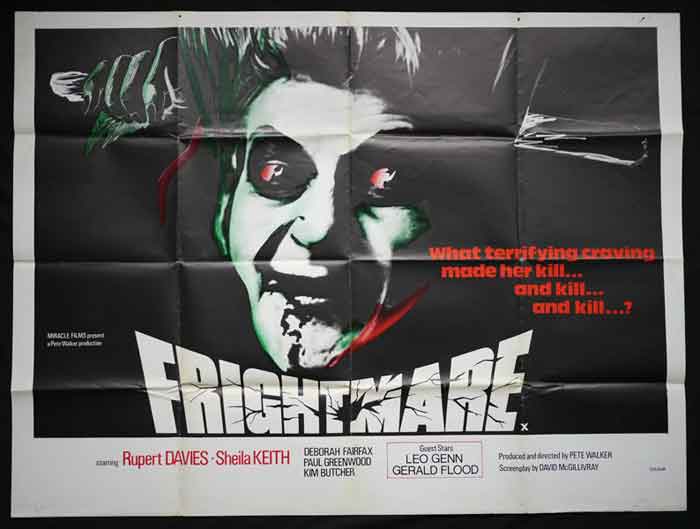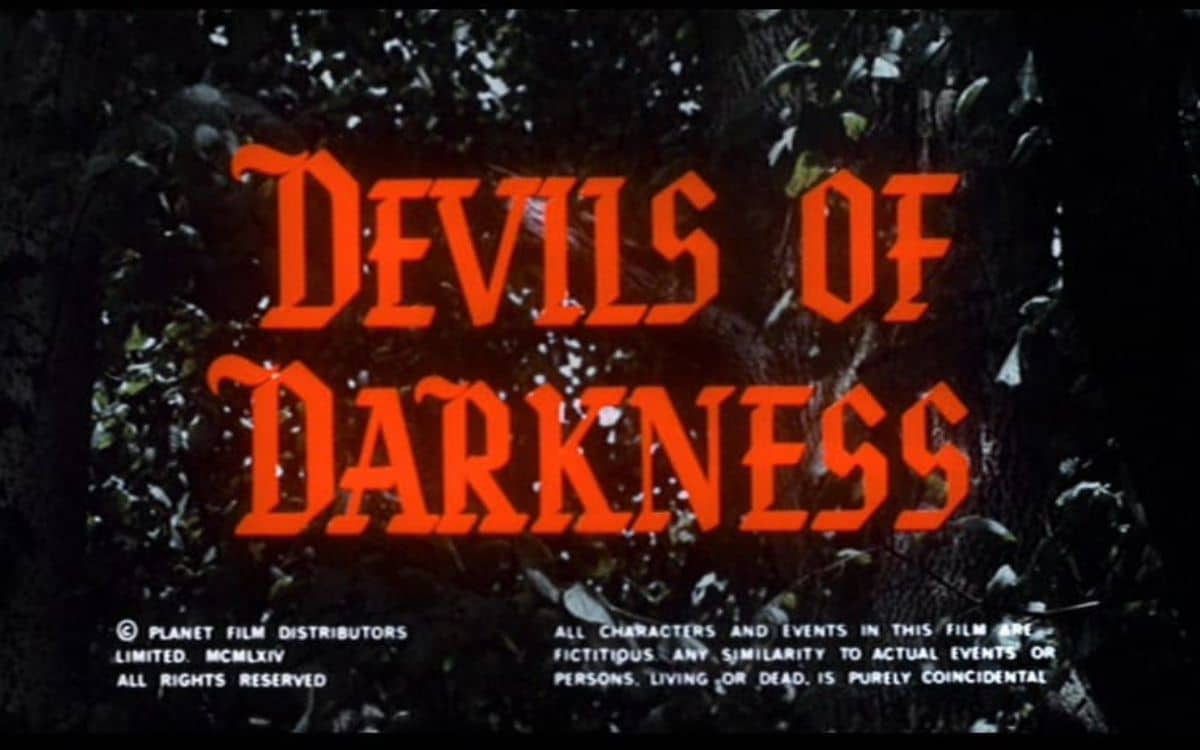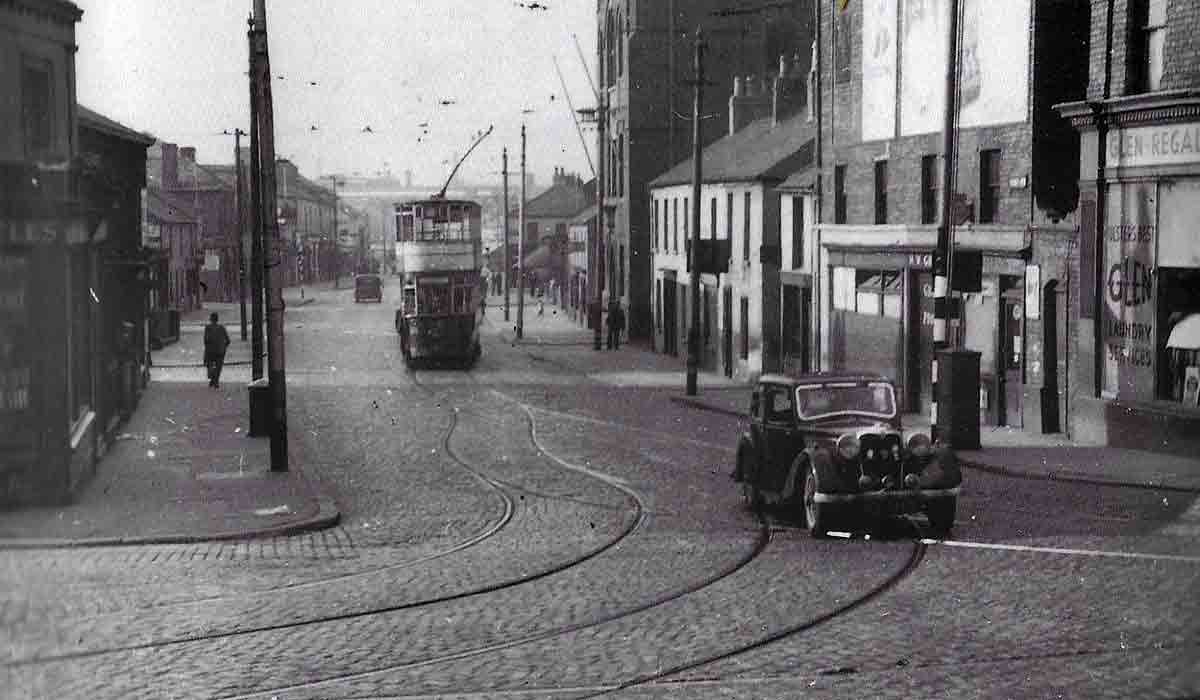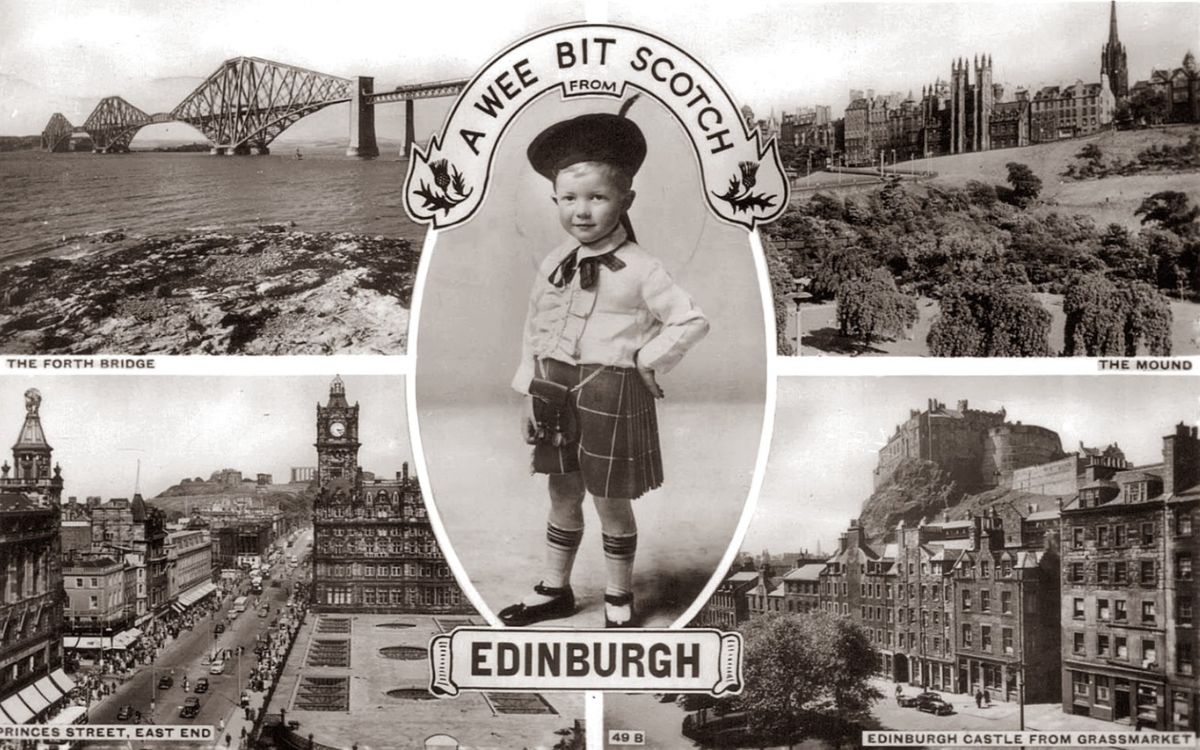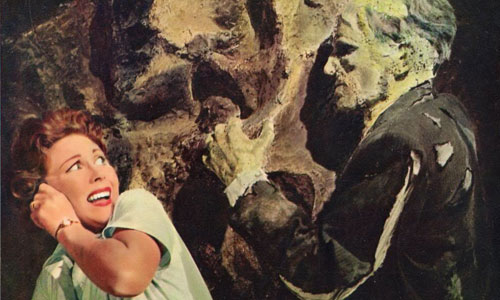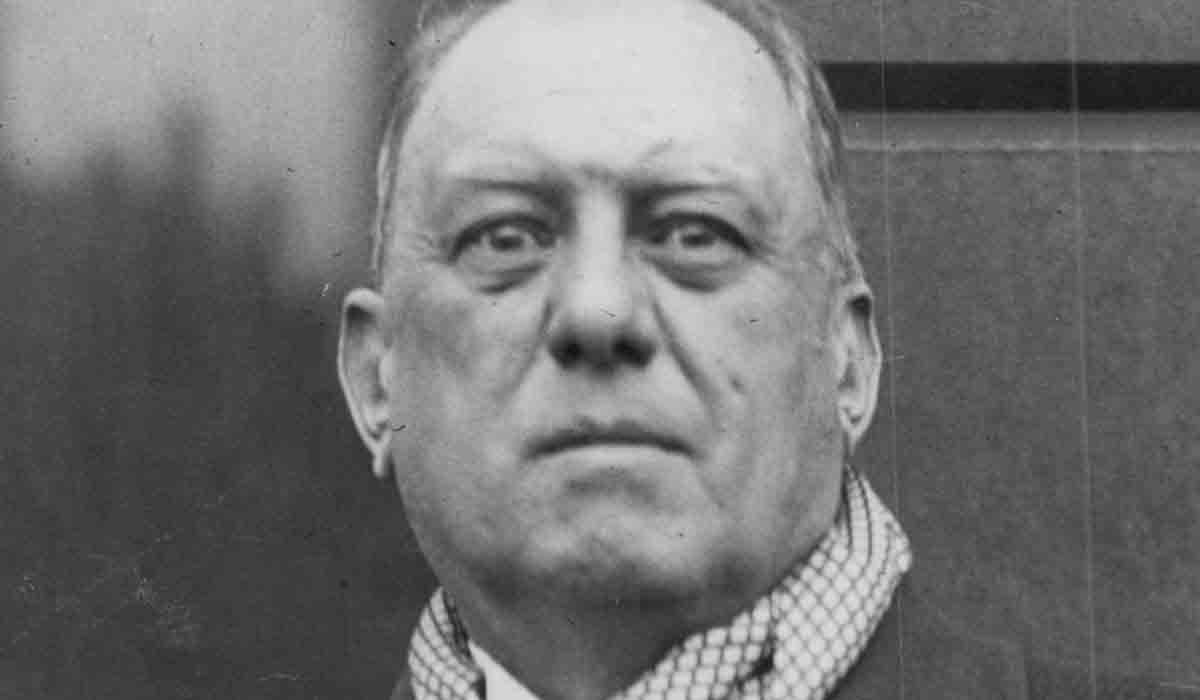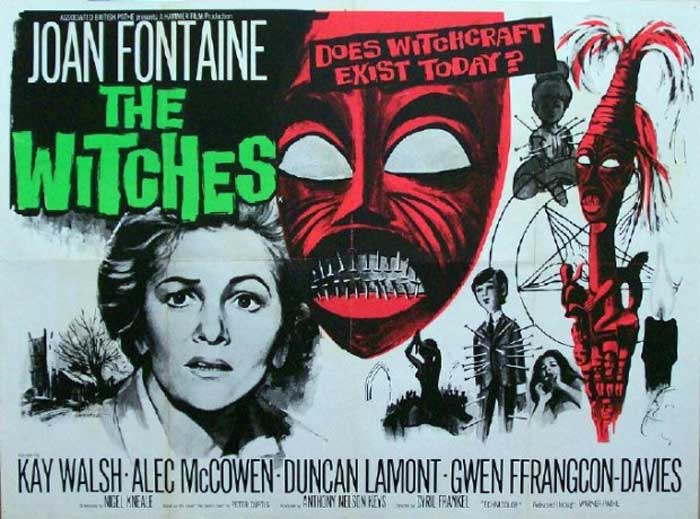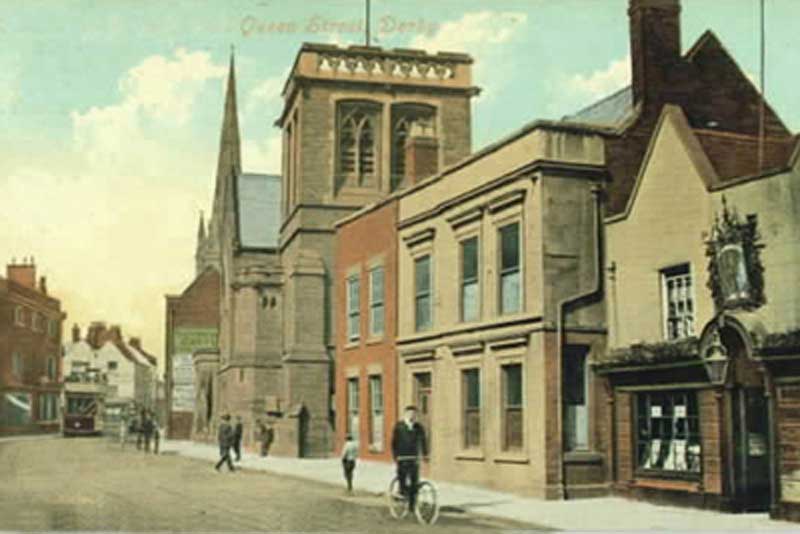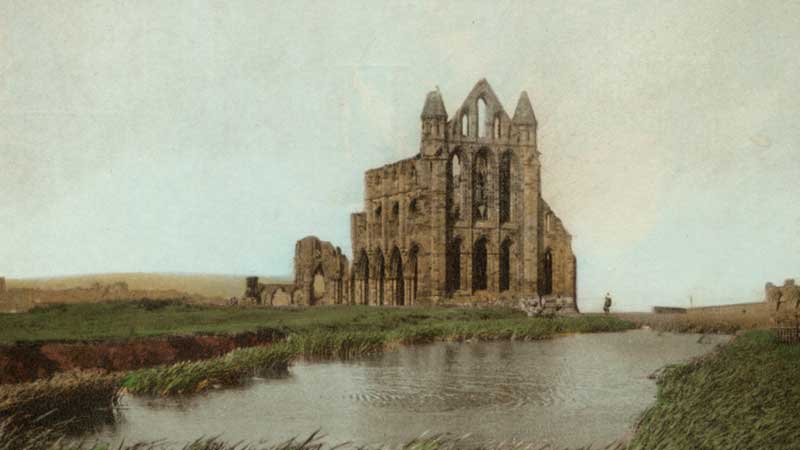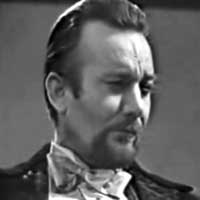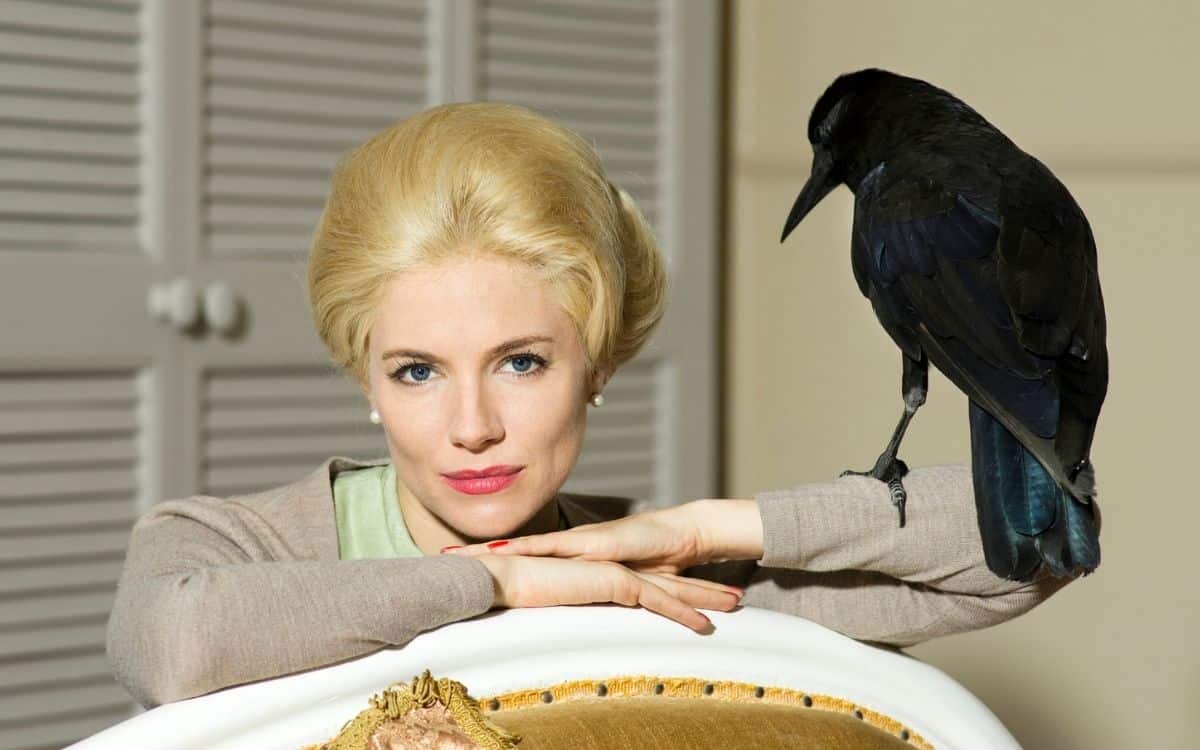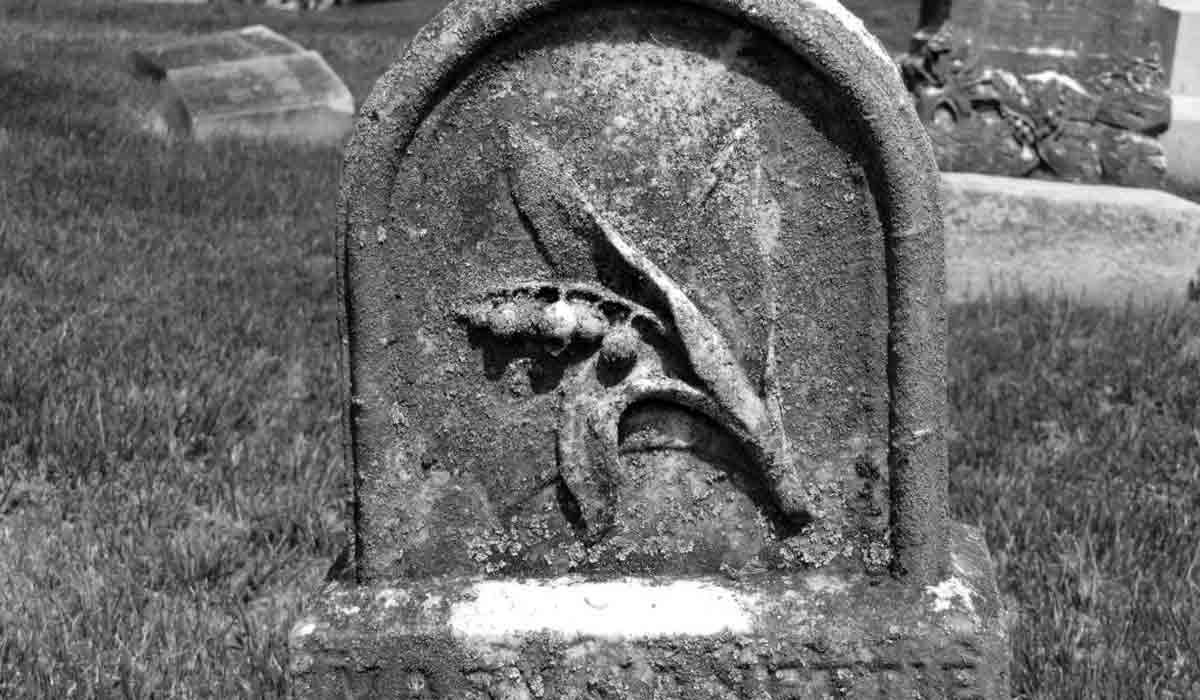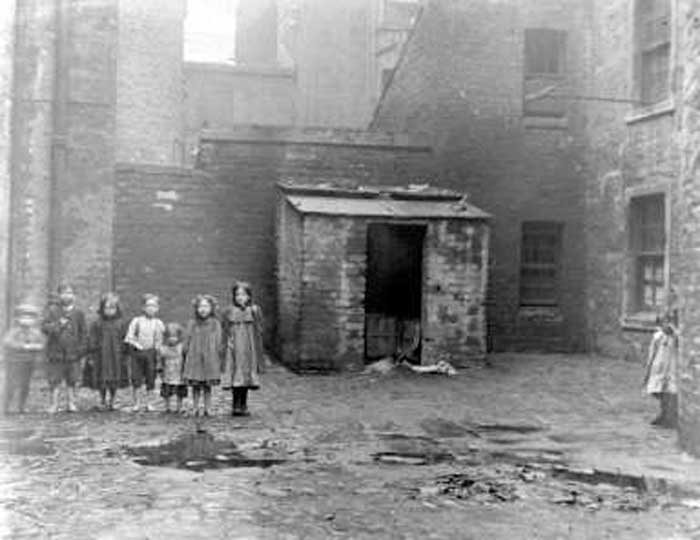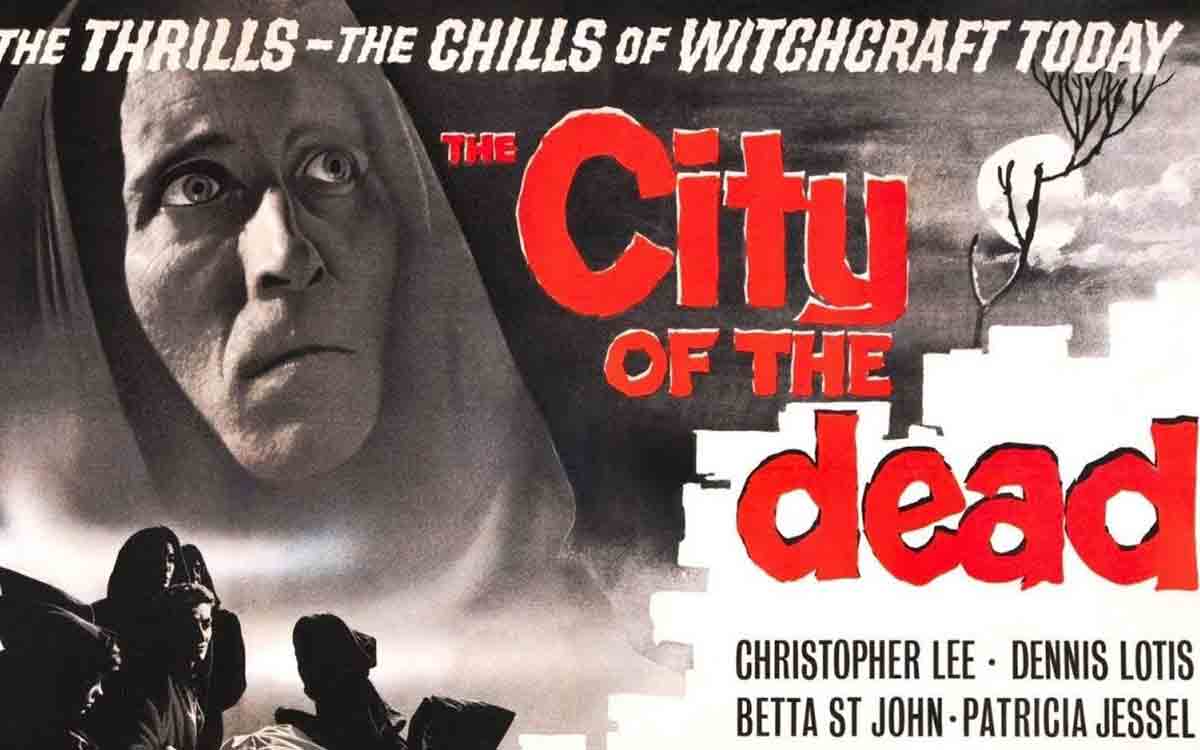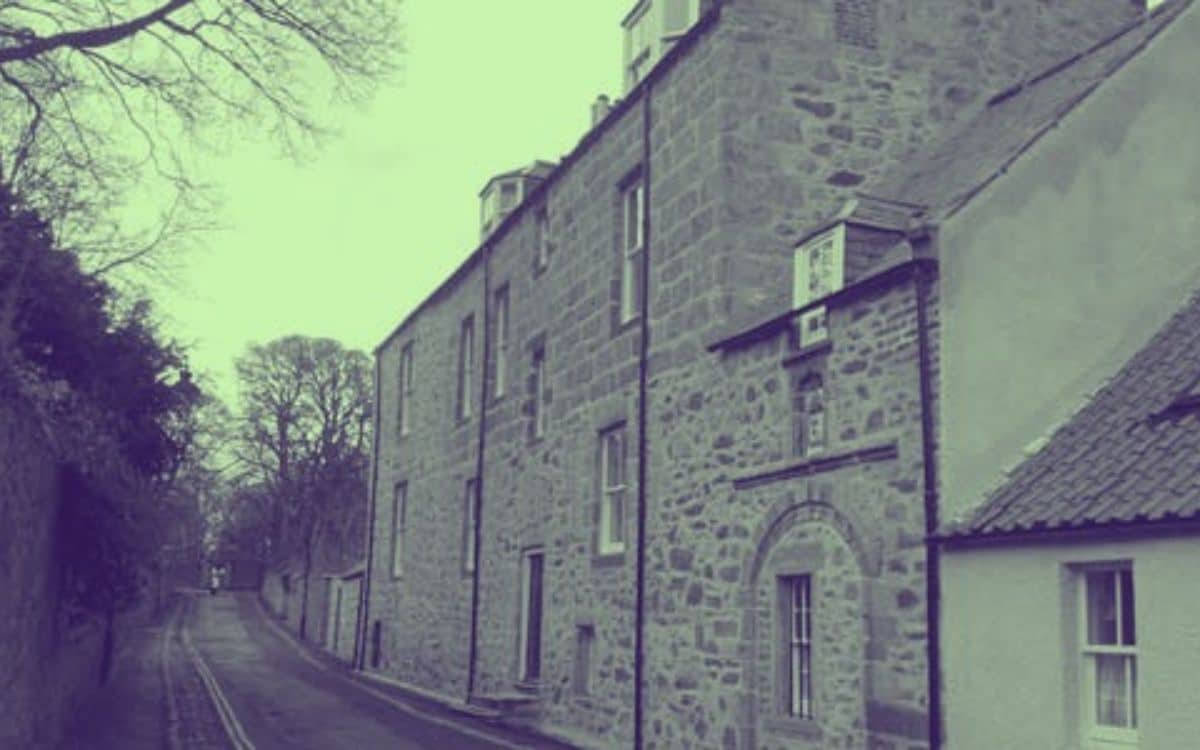Carl Dreyer’s dreamlike Vampyr 1932 is the original old school vampire horror
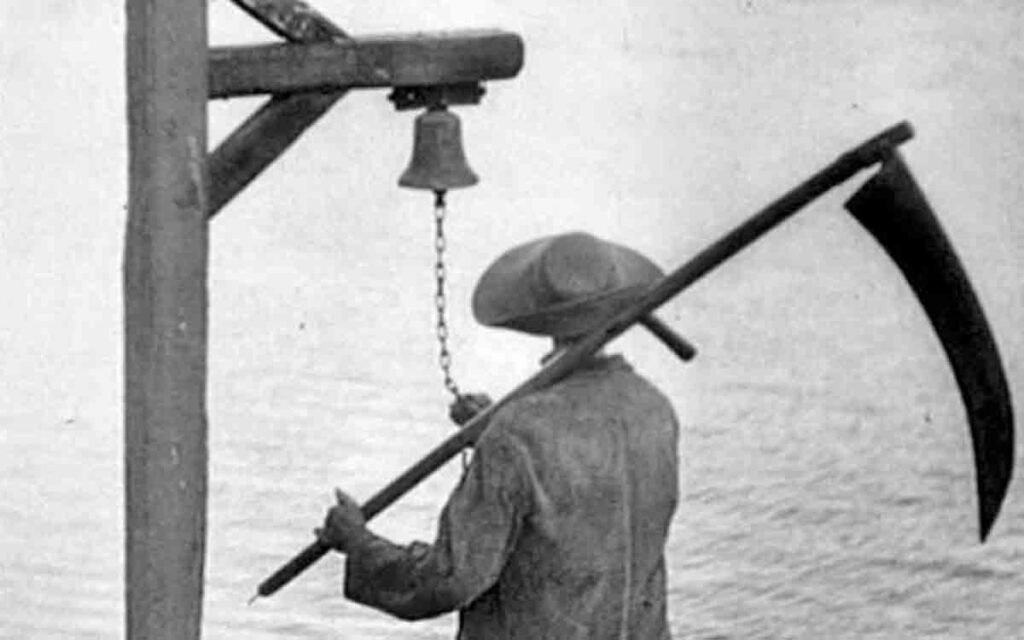
The first great vampire films were made in Europe in foreign languages based on novels by Irish writers. Nosferatu (1922) – the first Dracula adaptation – is probably the most famous.
But Carl Dreyer’s Vampyr – based on the same book that inspired Hammers lesbian vampire films – deserves to known as widely.
Vampyr – a French-German horror film made in 1932 – tells the story of Allan Gray, a superstitious traveller who is haunted by mysterious visions of death. He visits an inn and discovers evidence of vampires.
The nightmarish dark film was challenging for Danish director Carl Dreyer as it was his first sound film and it had to recorded in three languages. As such, most of the film has no dialogue. – which gives it a very eerie feeling. I remember first watching it as a teenager, feeling it was very dreamlike.
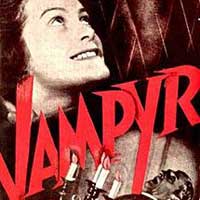
It is definitely a spooky film and worth watching. Vampyr, one of the first sound horror films, is very different to those being made by Universal in Hollywood at the time. Dreyer liked to use non-professional actors in his cast and on location.
Vampyr is based on Irishman Sheridan LeFanu’s collection of supernatural tales, In a Glass Darkly. The most famous of these being Carmillia, which was the basis for Hammer’s The Vampire Lovers and other sexy vamp films.
Tell us what you think of Vampyr 1932 in the comments section below!



